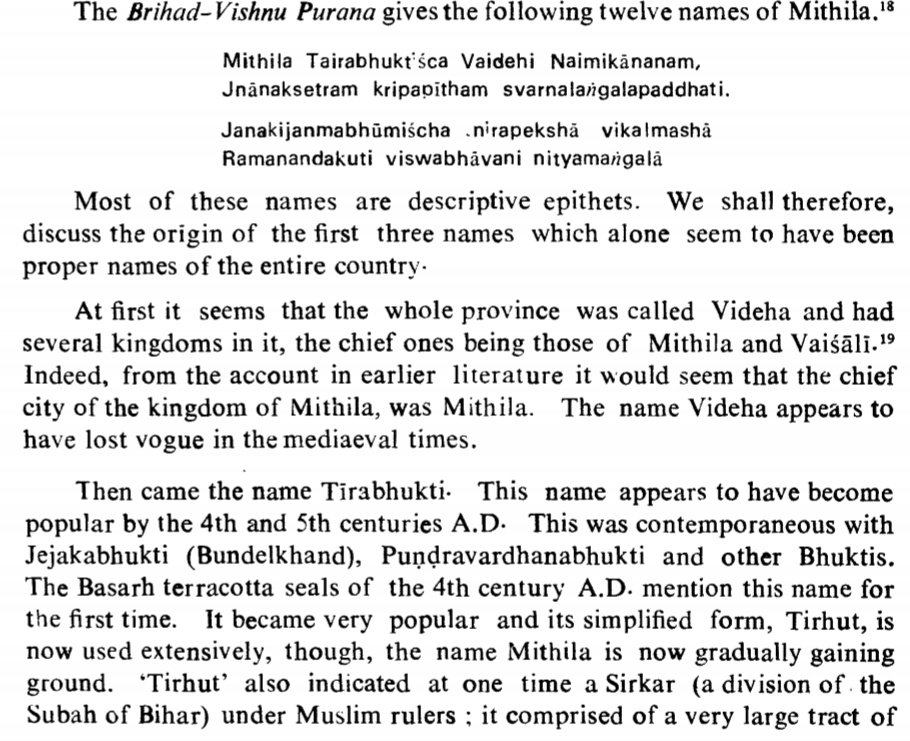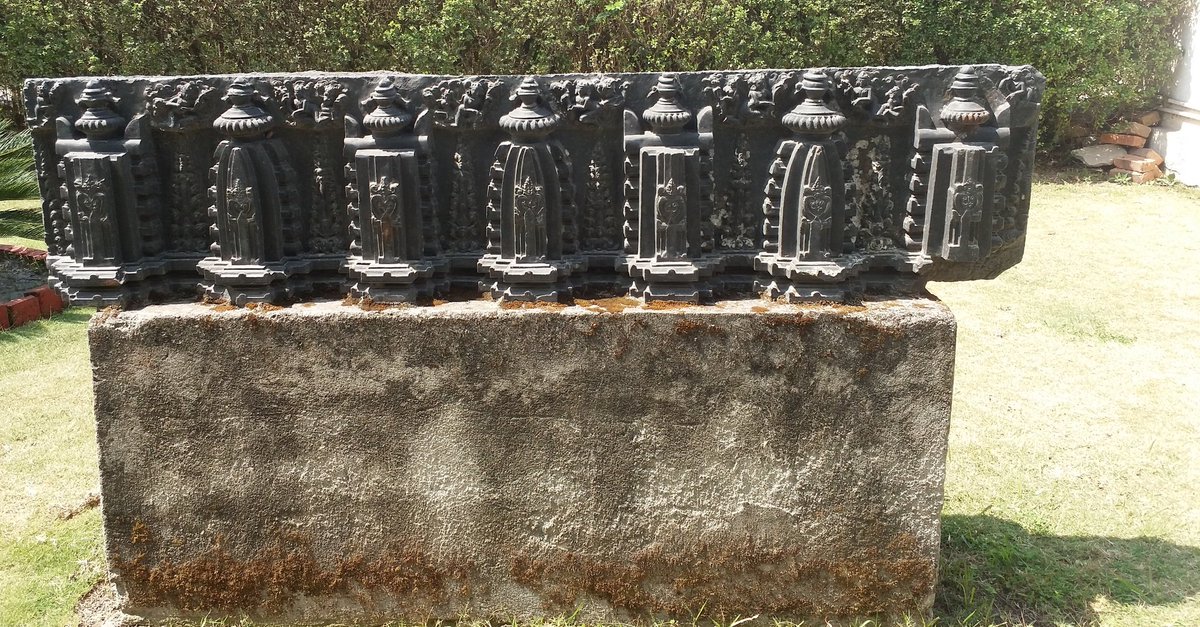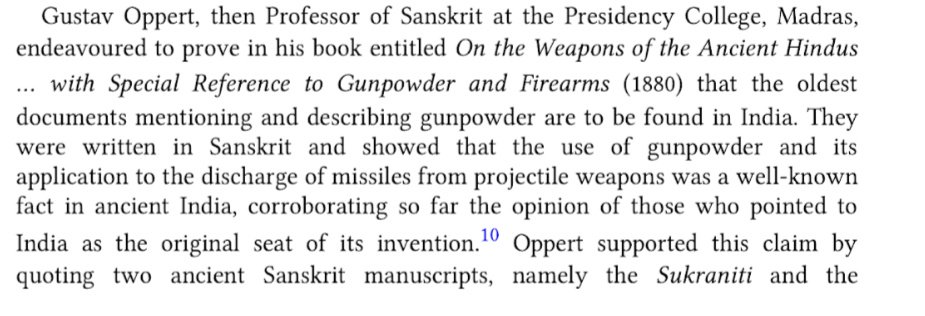Votive Stupa from Nalanda
Dated: ~7-8th century CE
Stupa is square at base and comprising three tiers. The square base is having slanting walls as observed in real temples too. Second tier of Stupa is octagonal relieved by arched niche(s). #architecture #history #india
Dated: ~7-8th century CE
Stupa is square at base and comprising three tiers. The square base is having slanting walls as observed in real temples too. Second tier of Stupa is octagonal relieved by arched niche(s). #architecture #history #india

Hemispherical dome(Anda) emerging from lotus form third tier of of stupa and in all likelihood, this is the form which inspired the great dome of Gol Gumbaj in Bijapur and all buildings of the region. Stupa were often modelled after actual temples.
#architecture #nalanda
#architecture #nalanda
• • •
Missing some Tweet in this thread? You can try to
force a refresh















































